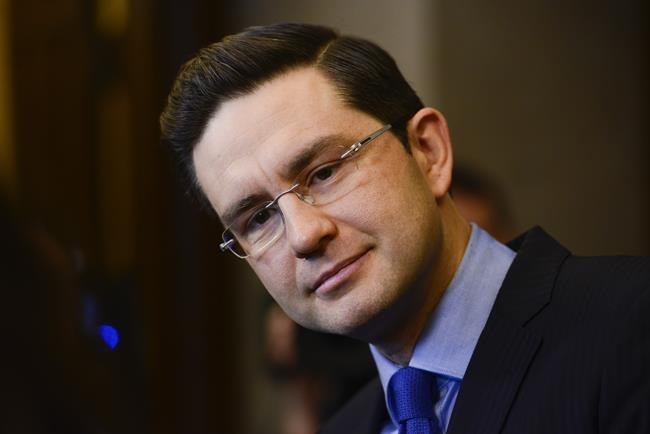UTA team aims to establish health, safety measures for construction field workers
The impact of COVID, infectious diseases at construction sites
Grant and Award AnnouncementIMAGE: SHARAREH “SHERRI” KERMANSHACHI, ASSOCIATE PROFESSOR OF CIVIL ENGINEERING AT THE UNIVERSITY OF TEXAS AT ARLINGTON view more
CREDIT: UT ARLINGTON
Sharareh “Sherri” Kermanshachi, associate professor of civil engineering at The University of Texas at Arlington, has received a $200,000 federal grant to lead an investigation into the impact of COVID-19 and other infectious diseases on field workers at construction sites.
Kermanshachi who is also the Director of the Resilient Infrastructures and Sustainable Environment (RISE) lab, and Technology Transfer Director of the Center for Transportation, Equity, Decisions and Dollars will lead the project in collaboration with co-principal investigators Kyrah Brown and Xiangli Gu, both assistant professors of kinesiology, and Yi Leaf Zhang, associate professor of educational leadership and policy studies. The Department of Labor’s Occupational Safety and Health Administration is funding the project, in which the investigators will also look to establish health and safety measures for both employers and employees and to advance and implement workforce development strategies.
Construction workers are often at risk of exposure to many infectious diseases, such as coccidioidomycosis, histoplasmosis, hypersensitivity pneumonitis, disseminated histoplasmosis, dengue, asbestos-related illnesses, silicosis, legionellosis, tuberculosis, bloodborne pathogens, and COVID-19.
“Due to severe working conditions and possible accidents, construction fields are high-risk zones by nature,” Kermanshachi said. “It is very important to recognize and control the preventable health and safety hazards within these environments.”
Ali Abolmaali, chair of the UT Arlington Department of Civil Engineering, said this grant has significant impact on the health and safety of the construction workforce.
“The need for identification and prevention of these diseases is urgent,” Abolmaali said. “We can be nimble and quick in illustrating to those who are exposed to theses hazards how to spot them and, hopefully, eradicate them.”
Kermanshachi was selected as a recipient of the 2022 Leaders in Diversity Award, 2021 Rosa Parks Diversity Leadership Award, 2020 Mark Hasso Educator of the Year and 2020 Women in Technology Award from the Dallas Business Journal. She has also received the 2021 Best Paper Award from Education Sciences and 2021 Associated Schools of Construction Teaching Award. She was named to Civil + Structural Engineer magazine’s Rising Stars list; won the 2018 Design-Build Institute of America (DBIA) Distinguished Leadership Award in the faculty category; and was also the only academic recipient of the 2017 Texas and Louisiana Engineering News Record Top 20 Under 40 Award.
CAPTION
From left: Kyrah Brown, Xiangli Gu and Yi Leaf Zhang
CREDIT
UT Arlington
Kermanshachi also has received several other prestigious national and regional awards, including the American Society of Civil Engineers (ASCE) Professional Service Award; ASCE Excellence in Civil Engineering Education Fellowship; Utility Engineering & Surveying Institute Fellowship; ASCE Outstanding Reviewer; Albert Nelson Marquis Lifetime Achievement Award; Open Educational Resources Research Fellowship; DBIA Owner Scholarship and the Graduate Climate Award.
In addition to supervising multiple postdoctoral fellows, doctoral candidates, and master’s students, Kermanshachi is a member of the editorial board for the Journal of Transportation Research Record and ASCE Journal of Legal Affairs and Dispute Resolution in Engineering and Construction. She is also the founder and currently serves as the faculty adviser for UTA’s DBIA chapter and student chapters for the Associated General Contractors of America and Construction Management Association of America
She has conducted several national- and state-level research projects that were awarded by the National Academies of Sciences, Engineering, and Medicine; Department of Labor; Texas Department of Transportation; U.S. Department of Transportation; Transportation Cooperative Research Program; National Cooperative Highway Research Program; Louisiana Department of Transportation and Development; Construction Industry Institute; city of Arlington; Engineering Information Foundation and city of Fort Worth. She has published more than 200 books, journal articles, conference papers and research reports and served as a panel member on multiple research projects funded by the National Academies of Sciences, Engineering, and Medicine and the U.S. Department of Transportation.






